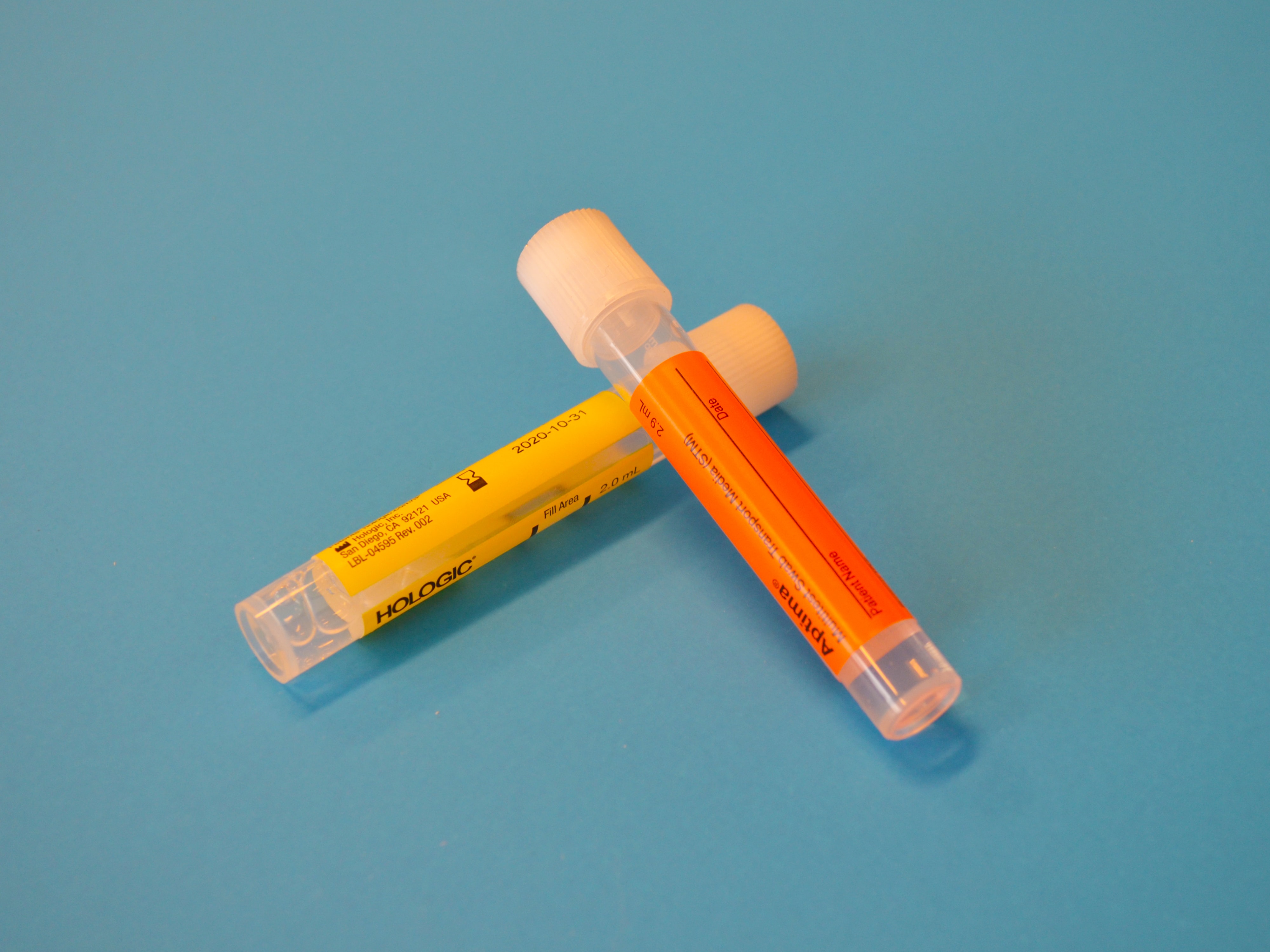The DOT requires pre-employment drug testing for all Commercial Motor Vehicle drivers.
As a truck driver, you should be familiar with the drug testing requirements set forth by the Department of Transportation, often referred to as DOT. DOT drug testing requirements are designed to keep the roads safe for truckers and other drivers, so there are guidelines on testing, including what drugs to test for and the frequency of testing.
Types of Testing
A truck driver will be subject to two types of testing: a urine test for drugs and a breathalyzer test for alcohol. A urinalysis collection will be used to test for five types of drugs:
- Opiates/opioids
- Marijuana
- Cocaine
- Amphetamines/methamphetamine
- PCP
Although you won’t be required to urinate in front of someone for a sample in most cases, it’s important to note that you may be required to repeat the test under direct observation if you’re test comes back with suspicious results.
Even though marijuana has been approved for medical use in some states, it is still not permitted for use by truck drivers. A positive marijuana test will result in sanctions.
Hair follicle testing isn’t required through DOT regulations, but some companies are adding this method to their own pre-employment requirements. Although a urine drug test can detect use of most drugs within the past 4 days, up to 30 days for some substances, a hair follicle test can typically detect drug use within the past 90 days.
Frequency of Testing
As a truck driver, you will be tested regularly for the use of drugs and alcohol. In addition to routine testing, you could be subject to additional drug or alcohol testing under certain circumstances. While there are certain factors that may result in the need to repeat certain tests, these are the times you’ll be required to submit to drug or alcohol testing.
Before Employment
The DOT requires pre-employment drug testing for all Commercial Motor Vehicle drivers. Before you begin to drive for a company, drug and alcohol testing are required. The company cannot let you begin safety-sensitive duties, such as driving, before receiving negative test results. If you’re considering attending truck driving school, you may have to pass testing before being admitted to a program.
After an Accident
If you’re involved in an accident, you’ll be required to submit to drug and alcohol testing if any of the following are true:
- The accident results in a fatality whether or not you receive a citation.
- A person is injured and requires medical treatment away from the scene, and you receive a citation.
- Disabling damage to a vehicle requires a tow, and you receive a citation.
Random

All truck drivers are required to be randomly tested throughout the year. DOT regulations require companies to test at least 50 percent of their employees for drugs and 10 percent for alcohol randomly every quarter. While every truck driver must be randomly tested at least once every year, there’s the potential you could be selected for random drug testing up to four times each year.
If you’re selected for a random test, you must go to the collection facility within the allotted time frame. If not, this could be seen as a refusal, which is considered to be a positive test result.
A positive test will result in you being removed from safety-sensitive duties and a referral to a substance abuse program. You must complete all requirements of the program and additional drug testing before you can be reinstated to your position.
Reasonable Suspicion
If your employer suspects that you may be under the influence of drugs or alcohol before, during or after your operation of a vehicle, they may issue a random drug or alcohol test. However, your supervisor or employer must be able to prove this reasonable suspicion through observation of specific behaviors, appearance, speech or odors. Additionally, if alcohol, drugs or drug paraphernalia are seen in your vehicle, you could also be subject to a random test under reasonable suspicion.
Return to Duty
Before you can return to work following a positive test result or a refusal to submit to a test and after completion of an approved substance abuse treatment program, you’ll need to pass the appropriate drug and alcohol testing. This return-to-duty drug test will be directly observed, and the results must be negative for you to return to your duties.
Follow Up
Once you’ve passed the return-to-duty drug testing, you’ll be required to submit to additional testing. Typically, the requirement is six times within the first twelve months under direct observation. However, your substance abuse professional may require prolonged testing of up to five years. These follow-up drug tests are given in addition to any random tests for which you may be selected.


Join the conversation!